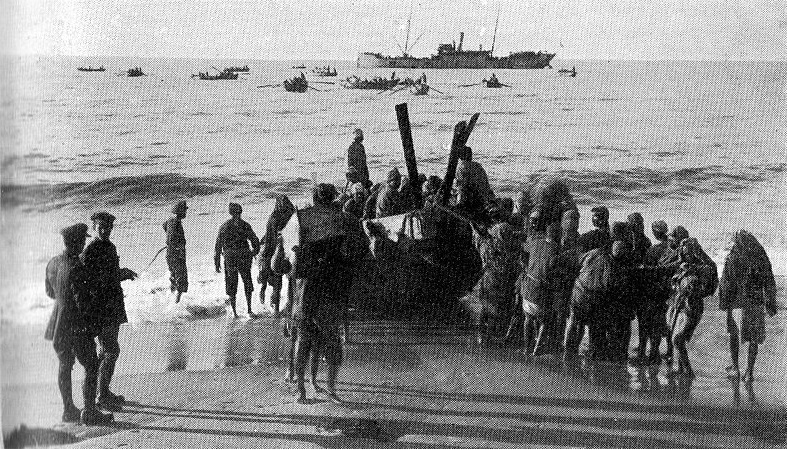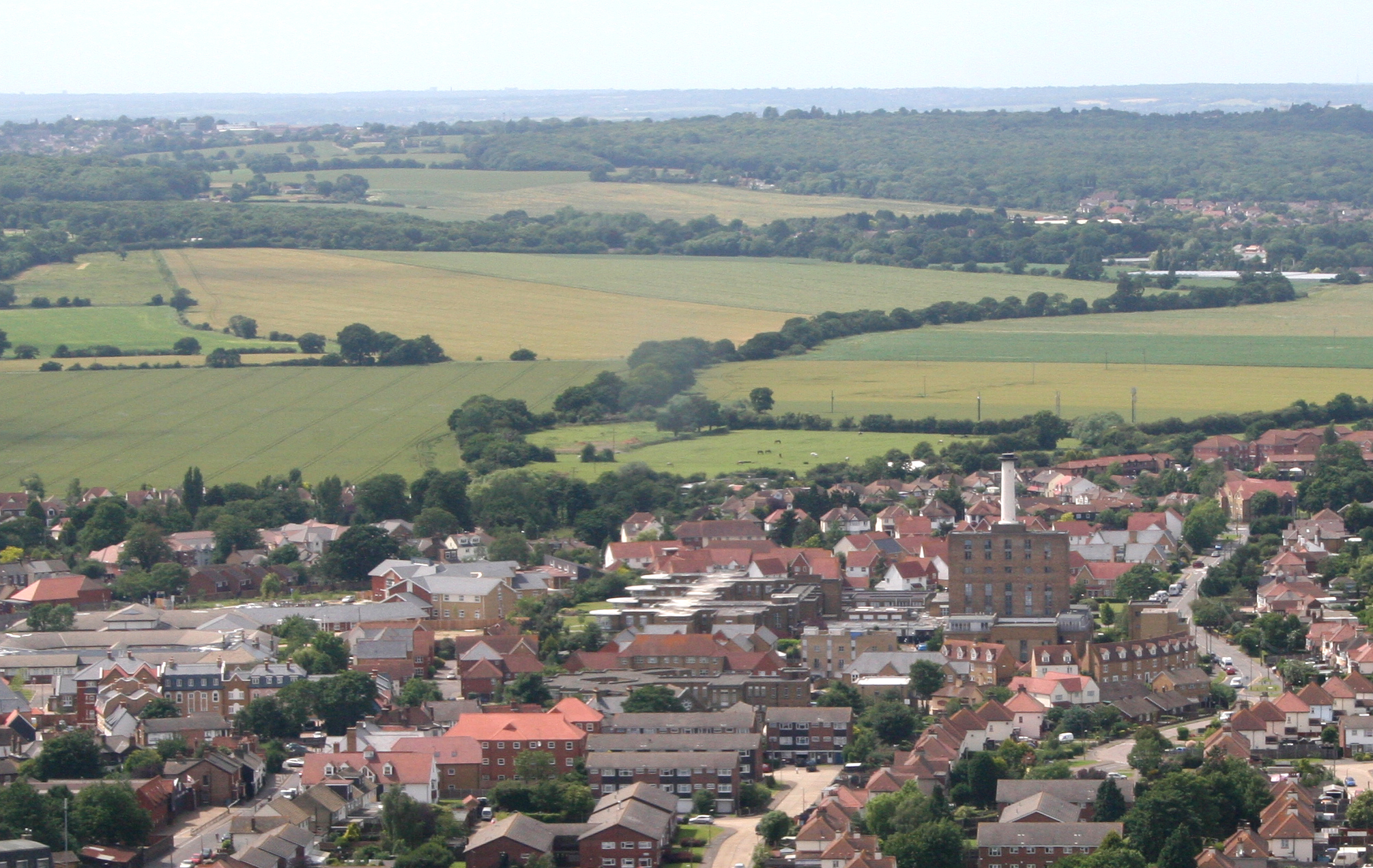Now, therefore, I, John M. Haines, governor of the state of Idaho, do hereby join with the president of the United States in designating and setting apart Thursday, the 26th day of November, Thanksgiving Day, and I call upon our people to cease from all labor on that day and congregate at their houses of worship, or assemble at public meeting places, or gather around the family altar and offer to Almighty God their most heartfelt thanks for the blessings that are ours, and their most fervent prayer for the perpetuity of the conditions that make such blessings possible--thanks that ours is a land where every citizen is protected in life, liberty, and the pursuit of happiness, prayers that as a nation we may ever be guided by the inspirations of the fathers of the republic--thanks that our country is at peace with the world, prayers that the carnage across the seas may cease.
So proclaimed Governor John M. Haines on 9 Nov 1914. Among those making preparations for the upcoming holiday, was the Underwood family of Meridian: Walter, the very pregnant Flora, and their children Walter, Bill, Elsie, and Olive.
Elsie once told me about this particular Thanksgiving Day, and I wish she were still here to clarify the details for me. I am not certain whether Flora was planning to host the family gathering and the ensuing events changed that plan, or whether--and more likely, considering Flora's condition--it was planned all along that the family would go to their "Aunt Sadie's" (Walter's sister) house. But, either way, Aunt Sadie ended up serving as hostess. I like to envision a dramatic scene at the Underwood house, with all the family circled around the table, and Flora suddenly gasping out, "It's time!" She is then rushed into the bedroom, while Sadie graciously takes over the duties of the hostess. But it seems far more probable that Walter and the children went to Sadie's to begin with. Flora was nine months pregnant, after all, and preparing a Thanksgiving feast would have been quite strenuous.
Flora was in the bedroom, in labor. There was a woman, or some women, to help her (I seem to remember Elsie saying), but none of the family. Childbirth was for women, not for men, and definitely not for children. It was for the best if the family could be shuffled off to their aunt's for the celebration. And when they returned, Flora had a brand new baby girl.
The child was named Aileen Maryann, after her Aunt Sadie's daughter Ileane and her paternal grandmother Mary Ann (Valentine) Underwood. I have always found it odd that her eponym should be "Ileane," while her own name was pronounced "Alene." Perhaps there was an evolution in the pronunciation of her first name as she grew.
She grew, eventually married Vinis "Red" Brosius, and had two children of her own. More time passed, and she became my grandmother. By the time I was able to remember, she had been widowed, and lived alone. To differentiate my two grandmothers, I called her "One Grandma," after the number of people living in her house. (My other grandma was "Two Grandma," for the same reason, but she didn't like the connotation of being number two, so I seldom called her by that name.) I remember that she tried to go along with my naming of her, but generally got it backwards, signing her cards "Grandma #1."
One Grandma, or Grandma Aileen as I more often call her now, passed away when I was only ten years old, and as recently as 2013 I was able to write (in a rough draft for a blog post about her which I never completed) "I still remember her well. However, my memories are beginning to fade a little, and get a little distressed around the edges like a photo that has been carried in a wallet for too long. So it is a good time to set them down, while they are still crystallized." Unfortunately, that metaphorical photo has been carried in my wallet for even longer, and is beginning to get creases and wear not only around the edges, but across the face. It becomes harder and harder to conjure up memories of her.
The easiest memories to invoke are the general impressions of her as the "perfect grandma"--the kind you see on old television shows, the kind that cooks up a full turkey dinner with all the trimmings for every holiday, the kind that keeps her yard and her house immaculate, the kind that always makes you feel special. She was my only babysitter for most of my childhood, and every time we arrived at her house she would either be gardening in the yard, cooking in the kitchen, or knitting on the couch. She subscribed in my name to World magazine, the child's edition of National Geographic (and far superior to today's National Geographic Kids), and as I entered the house I would always look on the foyer table next to the tiny cactus in the boot-shaped ceramic vase to see if the new issue had arrived yet. Often I would, very gently, poke a needle in the cactus to show how brave I was.
Grandma taught me how to squeeze the sides of a snapdragon flower to make the "dragon" open its "mouth," and I remember the two of us playing with them in the back garden like puppets. The snapdragons were near the tomatoes and potatoes, and Grandma taught me how to harvest the potatoes. (She probably taught me how to harvest tomatoes as well, but I didn't like tomatoes.) I remember her teaching me, but I don't remember how to do it.
I do remember how she taught me to sew. She taught me my first stitch, the running stitch. She had once worked at Jantzen Knitting Mills, and had a a number of tricks. Perhaps if she had lived longer I would have become proficient. But she, at least, gave me a decent foundation. She did beadwork, as well. I forgot most of what she had taught me about that for a while, but then re-learned.
Grandma was a wonderful cook. I was fortunate enough to indirectly inherit some of her cooking ability. My maternal grandmother was... not a wonderful cook, so my mom eventually learned from her mother-in-law, Grandma Aileen, and then passed her learning on to me. Although Grandma Aileen was a wonderful cook, I was a picky child. She had to get creative to get me to eat anything besides peanut butter and jelly sandwiches or chicken noodle soup. To this day, the only way I truly enjoy a tuna fish sandwich is the way that Grandma made it: the canned tuna mixed thoroughly with a little mayonnaise, spread on white Wonder Bread, cut into four squares (not triangles), and with a few Pringles on the side.
One day she made tomato soup, which I refused to even taste because: tomatoes. So Grandma introduced me to the melon baller. I was to eat my soup with a melon baller instead of a spoon. The soup would run through the hole in the scoop, so I had to rush it to my mouth before it all ran out. Much to my surprise, tomato soup suddenly became palatable. After that, I often asked to eat my soup with a melon baller, and my favorite soup became tomato.
The holidays were always spent at Grandma's house, with the whole family and a full dinner. Turkey, mashed potatoes and gravy, Jell-O salad, candied yams, coconut cream pie, chocolate pudding pie. We would all gather around the table together, but when it wasn't dinnertime, Grandma would be in the kitchen. She had a galley kitchen in her house, right off the dining room and visible from the living room. You couldn't comfortably fit more than one person in that kitchen at a time. So often Grandma would be in there alone, while the rest of us were gathered in the living room talking. And Grandma would be in the kitchen, laughing and laughing. She had the most joyous, infectious laugh. One couldn't help but laugh with her. She would shout out her contributions to the conversation, too, but her laugh was the most memorable thing.
The more I write about Grandma, the more memories begin to flood back. I remember how she would sometimes sit on the floor and play Barbies with me, and when we were done she would ask me to help her up. I would try to pull her up by the hand, and she would grunt and make it to her feet.
I remember that she wore false teeth, and would dislodge them from her gums and display them between her lips when I would request it. It was like an amusing magic trick.
I remember that she kept a bucket of coins in one of her kitchen cupboards, which she would let me play with.
I remember the time she jumped up and down in her garbage can to compact the trash, but fell out and we had to rush her to the hospital with a broken wrist. Luckily it happened just as we were leaving her house, before we were gone. We were actually in the car, pulling out of the driveway, when it happened.
One day, she was diagnosed with ovarian cancer. I was nine years old. We visited her at the hospital, or at the nursing home, every day after school. Sometimes it was boring, and I sat in the hallway doing my homework. The nursing home had a pet rabbit in a cage, which I enjoyed. I remember she had a roommate at the nursing home for a while: a young woman named Bonnie. We liked Bonnie.
Being in the nursing home, Grandma could no longer keep her hair dyed brown as it had always been. That was when I learned that Grandma dyed her hair. I remember that when it grew out, it was the most beautiful golden shade of gray, and I couldn't understand why she had been dying it.
On November 26, 1989, for her 75th birthday, I brought in my violin to play her "Happy Birthday." By that time she could no longer talk or move, but she listened with loving eyes to my scratchy, off-key rendition of the song. The next day she died.
Christmas of 1989 was the first Christmas we ever celebrated without her. But there were still presents under the tree with her name on the tag. She had done her Christmas shopping by mail order before she passed away. My present was exquisite: a real silver vanity set with a mirror, a brush, and a comb. The back of the mirror was engraved, and she had finally gotten it right. The engraving reads, "From #1 Grandma."
Today is the 115th anniversary of that eventful Thanksgiving Day when she was born. I have never forgotten her on this day, even if it is only to look up to Heaven and whisper, "Happy birthday, Grandma."
Sources:
"Thanksgiving Day Proclamation by the Governor of Idaho," The Meridian times, 13 Nov 1914, p. 1, col. 2; digital images, Chronicling America (https://chroniclingamerica.loc.gov : accessed 24 Nov 2019), Historic American Newspapers.Elsie Crocker, "Elsie Crocker" (typescript, 1990s); copy in possession of Amber Brosius.
Personal reminiscences of Amber Brosius.

















